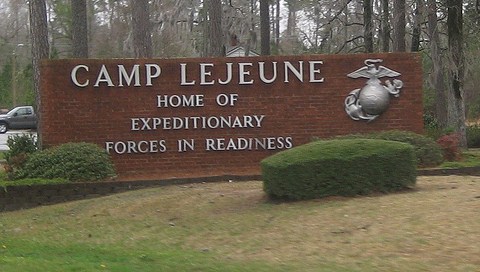Citing a desire to protect local water supplies, Mora, New Mexico, has become the first county in the United States to ban fracking, according to this story from the L.A. Times.
Energy companies use "fracking"—hydraulic fracturing—to extract hard-to-reach oil and gas deposits from the ground. The process involves using a pressurized cocktail of water, sand and chemicals to fracture underground rock. Federal law doesn't require companies to disclose what chemicals are used; they are considered trade secrets. This has spurred water quality concerns in communities across the country.
While fracking has proved lucrative to landowners who lease mining rights, a number of communities are looking to ban or slow the spread of fracking wells. Pittsburgh was the first, in 2010, and more than a dozen east coast cities have followed suit.
The Mora ordinance that bans fracking cites the county's authority to regulate commercial activity.
Fracking is not regulated in California, where several cities are considering bans or moratoriums.
Culver City, which includes part of the 1,000-acre Inglewood Oil Field, is considering a proposed six-year moratorium, while the long-term air and water impacts of fracking are studied.
The California Department of Conservation is also finalizing statewide regulations for fracking.
The Environmental Protection Agency's study of the impacts of fracking on drinking water sources is slated for release in 2014.





